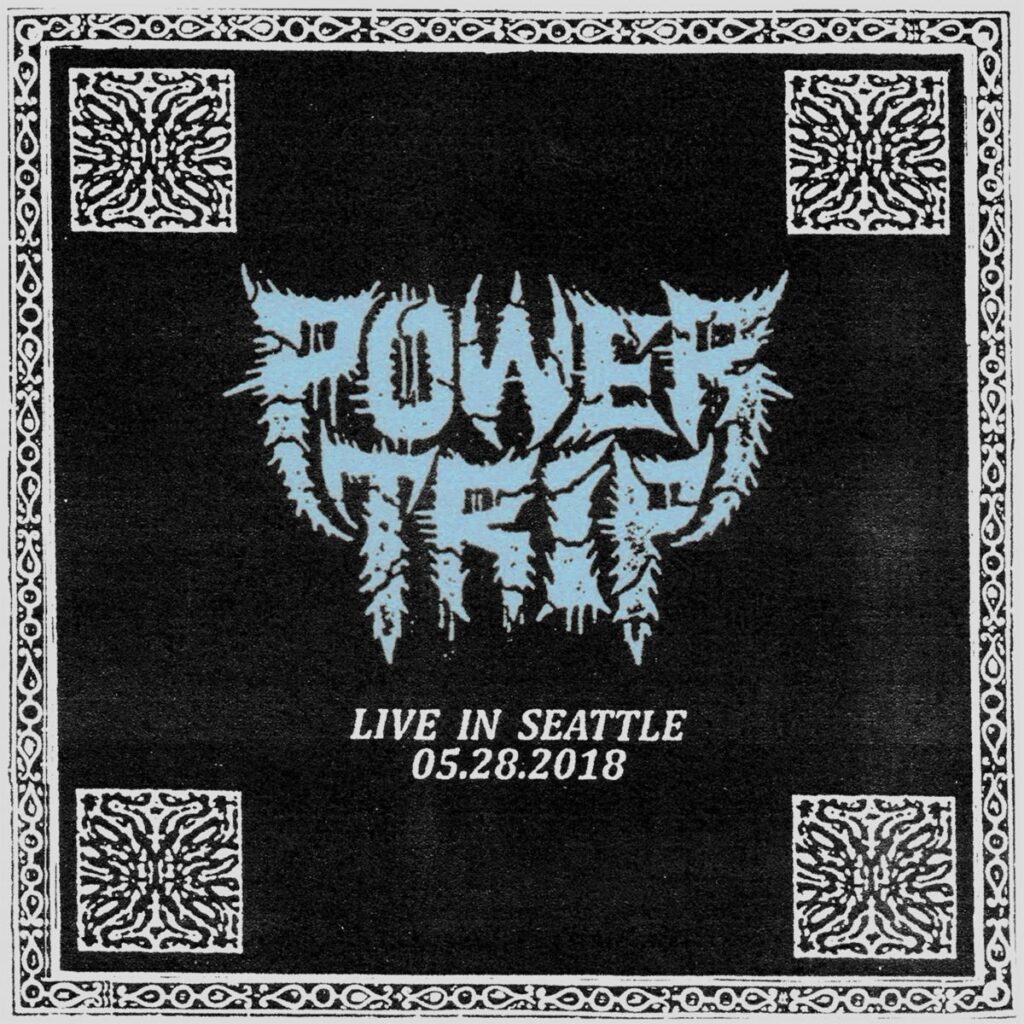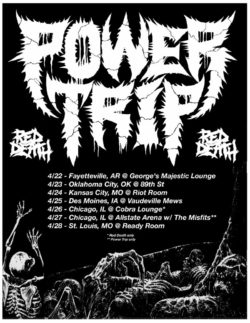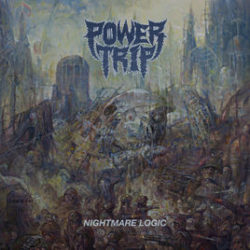The Grand Canyon is one of the world’s most amazing wonders. It’s home to different rock formations and rivers that can’t all be traveled within the day. One of the reasons why people love this Canyon is that it’s also home to many rapids.
River rafting is one of the activities you’ll be doing in the Grand Canyon. If you didn’t know, rapids in the Grand Canyon are rated in levels from I-X with X (or Class X) being the most difficult rapids. It’s important to know what levels of rapids you’re only allowed to go in especially when you’re not a seasoned river rafter. At the end of the day, it’s your safety that matters.
So what are the different rapid levels you can find in the Grand Canyon?
Class I: Easy
For a large Canyon, there are still several rapids that even kids can enjoy. If there weren’t, families won’t be able to raft through the Grand Canyon. Class I rapids have very few obstacles and when they do, you can spot them a few meters away. The water is still fast-moving, but there aren’t any obstructions to hit, so it’s really kid-friendly.
Class II: Novice
Compared to Class I rapids, Class II rapids are a little more challenging but not to the point that you’ll struggle. For this level of whitewater, there are a few obstacles and boulders that you have to avoid. The waves are medium-sized so you’ll feel a few bumps along the way. If you have children, your guide might have to give extra assistance for additional safety. Don’t worry, injuries and accidents are rare for this level of rapids.
Class III: Intermediate
Intermediate rapids already include having eddies and large waves. While they’re noticeable from afar, it’s still not as easy given that you have to maneuver around them or risk getting turned over. The water is fast and strong, and it’s ideal that you are able to maintain control of your raft easily for a safer trip.
Class IV: Advanced
Class IV rapids require more advanced skills when it comes to handling eddies and waves. For this level, kids are not allowed given that the whitewater is already powerful. Turbulence may also occur. Sometimes, even adult beginners in rafting are not given leave to go through Class IV rapids.
Class V: Expert
Class V rapids require experts and skilled rafters to go through this type of rapids. If you’re not one of them, then you won’t be allowed to take this route. Rapids in the Class V level means there are unavoidable waves that you won’t be able to see right away. There are several obstructions, but the more challenging parts are the steep holes and congested areas.
Class VI-VIII Extreme
The Class VI-VII rapids are extreme rapids. This means that there are big and long waves. Strength and endurance are key traits required to pass through these types of rapids. There is also unpredictable danger all the time, so even the slightest error can cost your life. What’s even more difficult in rapids like these is that rescue, when needed, is not always guaranteed.
Class IX-X: Turbulent
Is there anything more difficult than extreme? In the Grand Canyon, there is. The Class IX-X rapids are for those who are skilled and professional but find the Class VI-VII rapids too uneventful. At this point, these rapids are only for those who are looking for an adrenaline rush and the thrill of risking life and limb.
There are different rapid levels found in the Grand Canyon. Hopefully, this guide will help you in identifying what type of rafting trip you’ll take with your family or friends.












